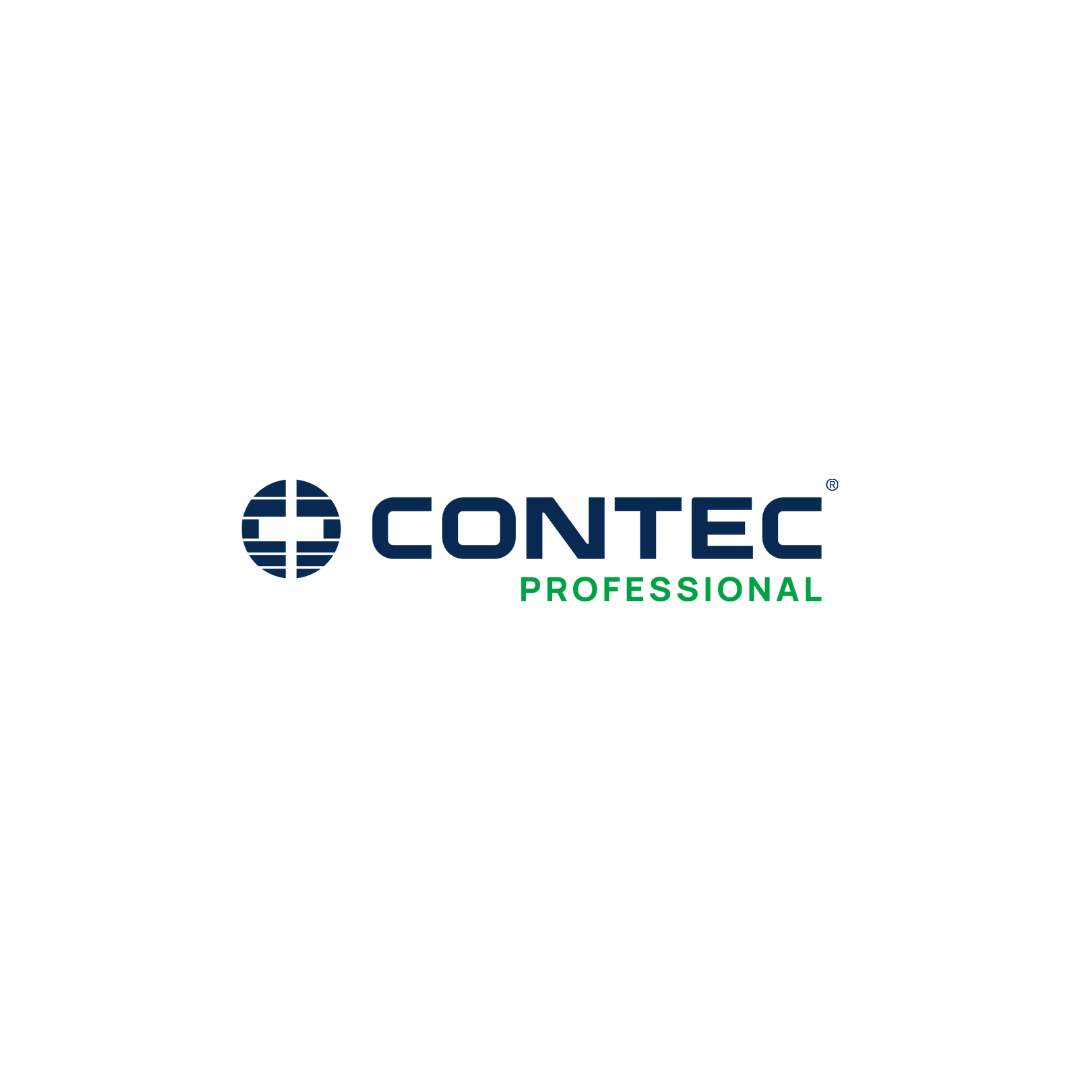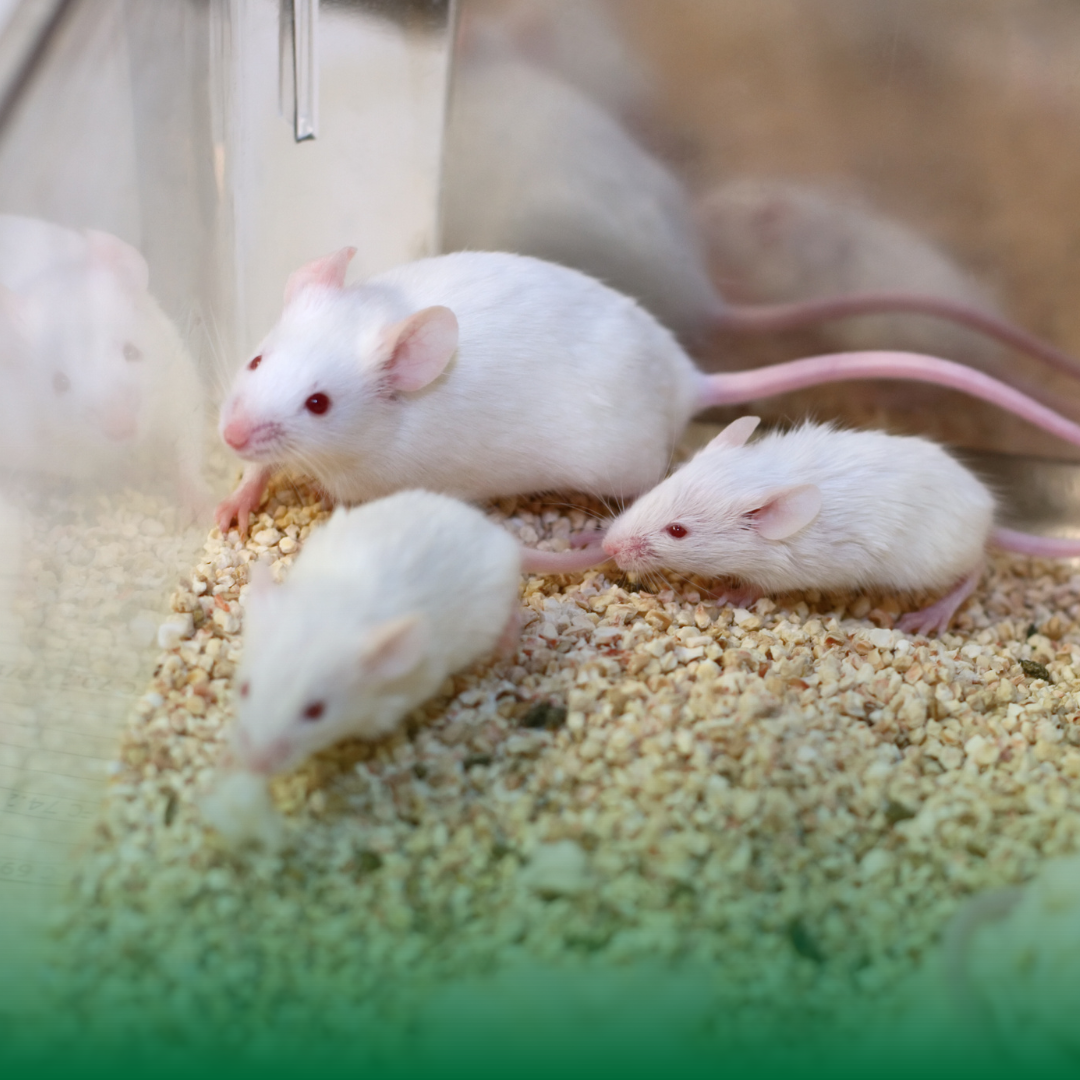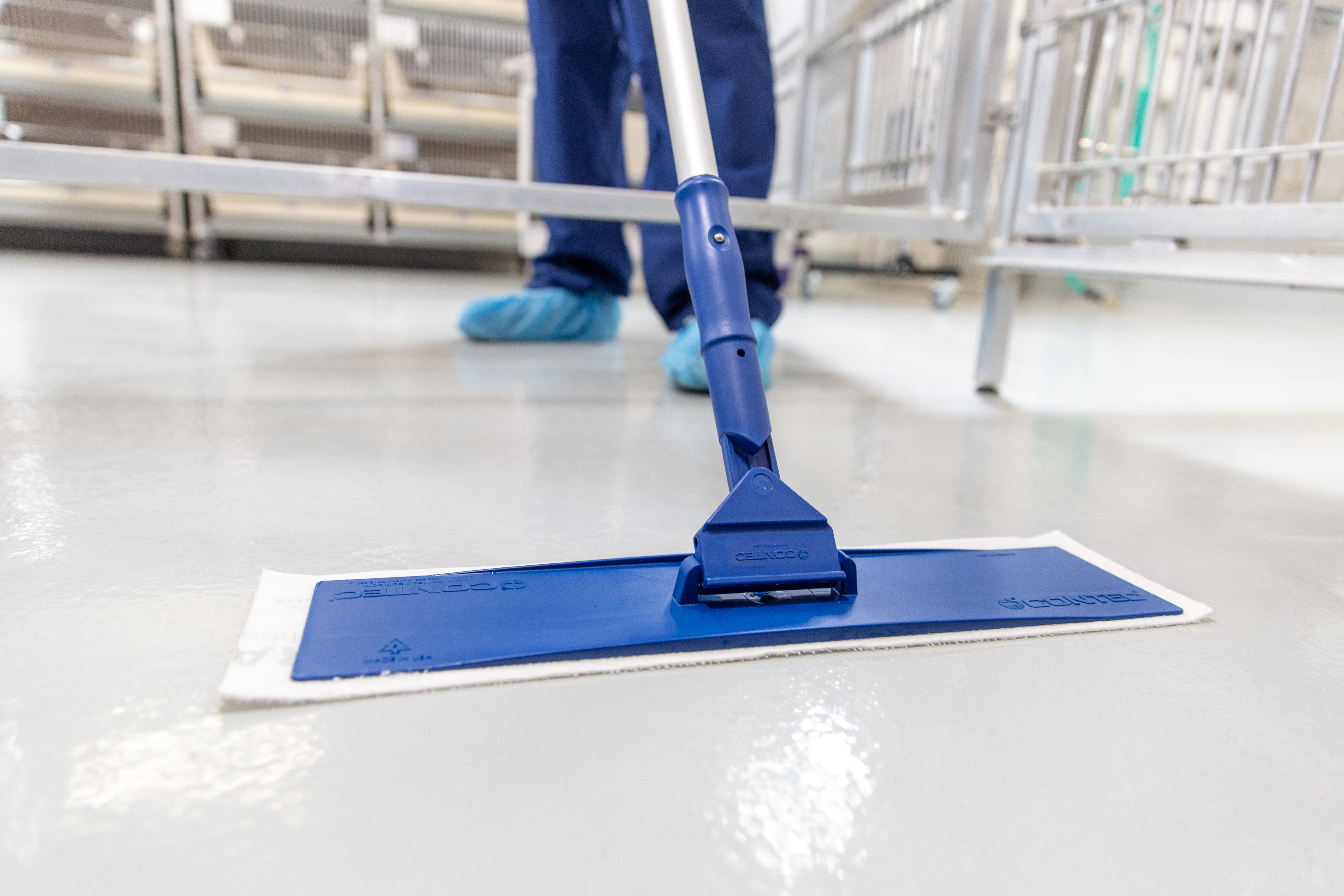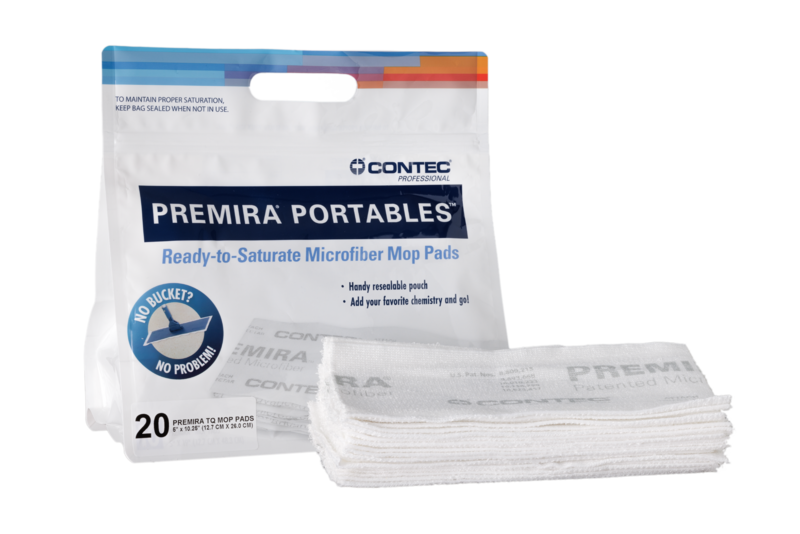Cleaning agents and disinfectants play a vital role in disease prevention and biosecurity in vivariums. However, if not properly removed, residues from these chemicals can introduce unintended variables that may affect both animal well-being and experimental results. Residual organic matter left on surfaces can act as a breeding ground for bacteria, promoting microbial growth and increasing the risk of contamination in controlled environments.
Potential Risks of Cleaning Residues in Lab Animal Facilities

- Chemical Exposure to Animals – Residual disinfectants on cage surfaces, bedding, or feeding areas may cause skin irritation, respiratory distress, or ingestion-related toxicity.
- Altered Research Outcomes – Chemical residues can interact with biological samples, interfere with behavioral studies, or introduce uncontrolled experimental variables.
- Compromised Microbial Control – Some residues may reduce the effectiveness of subsequent disinfecting steps by forming films or chemical interactions that inhibit microbial elimination.
- Damage to Equipment and Surfaces – Certain chemical residues can corrode stainless steel, plastic, or glass, leading to increased maintenance needs and shorter equipment lifespans.
To maintain both research reliability and animal welfare, it is essential to choose and implement cleaning protocols that minimize residues.
Choosing Residue-Free Disinfectants and Cleaning Agents
Not all cleaning products are designed to leave no trace behind. Some disinfectants, especially those with high-concentration chemicals or heavy surfactants, tend to linger on surfaces even after rinsing. Selecting residue-free products ensures that no unwanted chemicals remain in animal environments.
Key Features of Residue-Free Cleaning Agents:
✅Volatile or Quick-Drying Formulas – Certain disinfectants evaporate completely after application, leaving no chemical trace behind.
✅Low-Surfactant or Non-Foaming Solutions – Avoids sticky, hard-to-remove residues that can build up over time.
✅No Harmful Byproducts – Some cleaning agents break down into harmless components like water and oxygen, reducing long-term chemical exposure.
✅Validated for Vivarium Use – Products specifically designed for lab animal environments ensure compatibility with strict biosecurity requirements.
By selecting disinfectants and detergents that are designed for low or no residue, facilities can maintain high hygiene standards while reducing unintended research disruptions.
Techniques for Ensuring a Residue-Free Environment
Even when using low-residue or residue-free cleaning products, proper cleaning techniques are essential to prevent chemical buildup in animal housing and research areas.
 Best Practices for Residue-Free Cleaning in Lab Animal Facilities:
Best Practices for Residue-Free Cleaning in Lab Animal Facilities:
- Use Single-Use Cleaning Materials and Appropriate Tools – Disposable wipes, mop pads, and single-use microfiber ensure that previously used materials do not reintroduce residues.
- Follow Manufacturer Guidelines for Rinse Steps – Some disinfectants require an additional rinse with purified water to ensure complete removal.
- Adopt a One-Step Cleaner Disinfectant – This improves the process by eliminating the need to clean before you disinfect.
- Monitor for Residues with Visual or Chemical Indicators – Testing tools, such as ATP monitoring, can help identify invisible residues that may interfere with research.
- Regularly Evaluate Cleaning Protocols – Routine assessments help ensure that residues are not accumulating on equipment, surfaces, or animal enclosures.
Implementing these techniques helps create a consistent, residue-free cleaning routine that protects both research integrity and animal health.
Balancing Effective Disinfection with Residue Control
Residue-free cleaning is a critical but often overlooked aspect of vivarium disinfection. While thorough disinfection is essential for disease prevention, ensuring that no chemical traces remain is equally important for protecting animal welfare and research reliability.
By using validated residue-free cleaning agents, adopting effective removal techniques, and implementing routine monitoring, lab animal facilities can maintain high cleaning standards without compromising scientific accuracy or animal well-being.
Contact us for more information.





